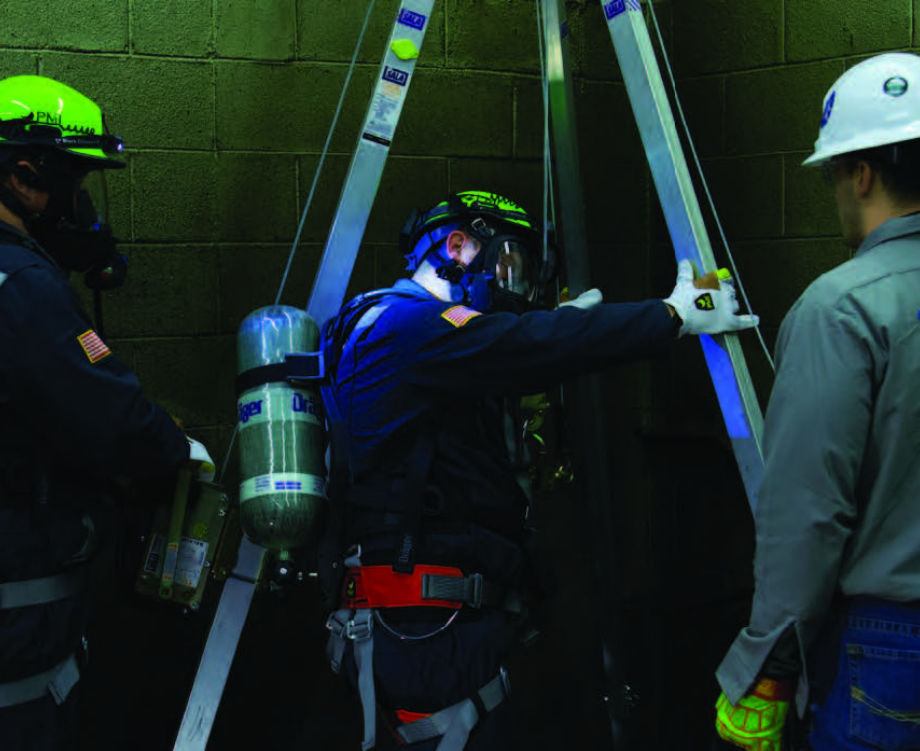Unlocking the Potential of Lithium for Future Energy Solutions

Often referred to as “white gold,” lithium has become a critical component in the burgeoning energy industry. As the world shifts towards renewable energy sources, lithium’s importance has surged. Let’s explore the significance of lithium, its extraction methods, technological advancements, and its future in the energy sector. For energy industry professionals, understanding lithium extraction is crucial as it influences sustainability, efficiency, and profitability.
Overview of Lithium Extraction Methods
Brine Extraction
Brine extraction involves pumping lithium-rich brine from underground pools to the surface and allowing it to evaporate. This method is widely used in South America, particularly in the Lithium Triangle, which comprises Argentina, Bolivia, and Chile. The lithium concentration obtained through brine extraction is often lower; requiring additional purification steps. Though brine extraction is considered less invasive and generally more cost-effective than hard rock mining, it requires large amounts of water, posing environmental concerns.
Hard Rock Mining
Hard rock mining involves extracting lithium from spodumene, a lithium-rich mineral found in hard rock deposits. This method is generally more expensive due to higher energy requirements and the need for extensive processing facilities. Despite higher costs, hard rock mining typically yields higher concentrations of lithium, which can be advantageous for certain applications.
Technological Innovations in Sustainable Lithium Extraction
Advancements in extraction methodologies and processing technologies are addressing some of the fundamental challenges associated with traditional extraction methods. These innovations are crucial for meeting the growing global demand for lithium while ensuring environmental sustainability. This section will delve into the latest technological developments that are pioneering the future of sustainable lithium extraction.
Direct Lithium Extraction (DLE)
Direct Lithium Extraction (DLE) is an emerging technology aimed at enhancing sustainability and efficiency. DLE involves the use of chemical processes to extract lithium directly from brine, bypassing the need for evaporation ponds. By minimizing water usage and land footprint, DLE presents a more eco-friendly alternative to traditional methods. This technology is scalable and adaptable to various geological settings, allowing for producers to reduce extraction time, from months to mere hours, expediting the supply chain.
Green Chemistry Solutions
Compliance with safety regulations is paramount in confined space operations. Regulatory bodies such as OSHA, NIOSH, and ANSI provide guidelines and standards for gas detection in confined spaces. Safety professionals must stay informed about these regulations to ensure that their practices meet legal requirements and uphold the highest safety standards.
Closed-Loop Systems
Closed-loop systems represent a holistic approach to lithium extraction, where waste products are recycled back into the production cycle. Recycling and reusing materials can lead to cost savings, enhancing the economic feasibility of extraction operations. These systems promote long-term sustainability by maximizing resource utilization, reducing waste, and improving efficiency.
Shaping the Future of Energy
Lithium stands at the forefront of the energy revolution; its extraction methods, whether through traditional or innovative means, continue to evolve, reflecting the industry’s commitment to sustainability and efficiency.
For more insights into how lithium extraction can impact your business and to explore compliance services that keep your operations safe, reach out to our experts today. By staying ahead of the curve, we can collectively drive towards a more sustainable and efficient energy future.


